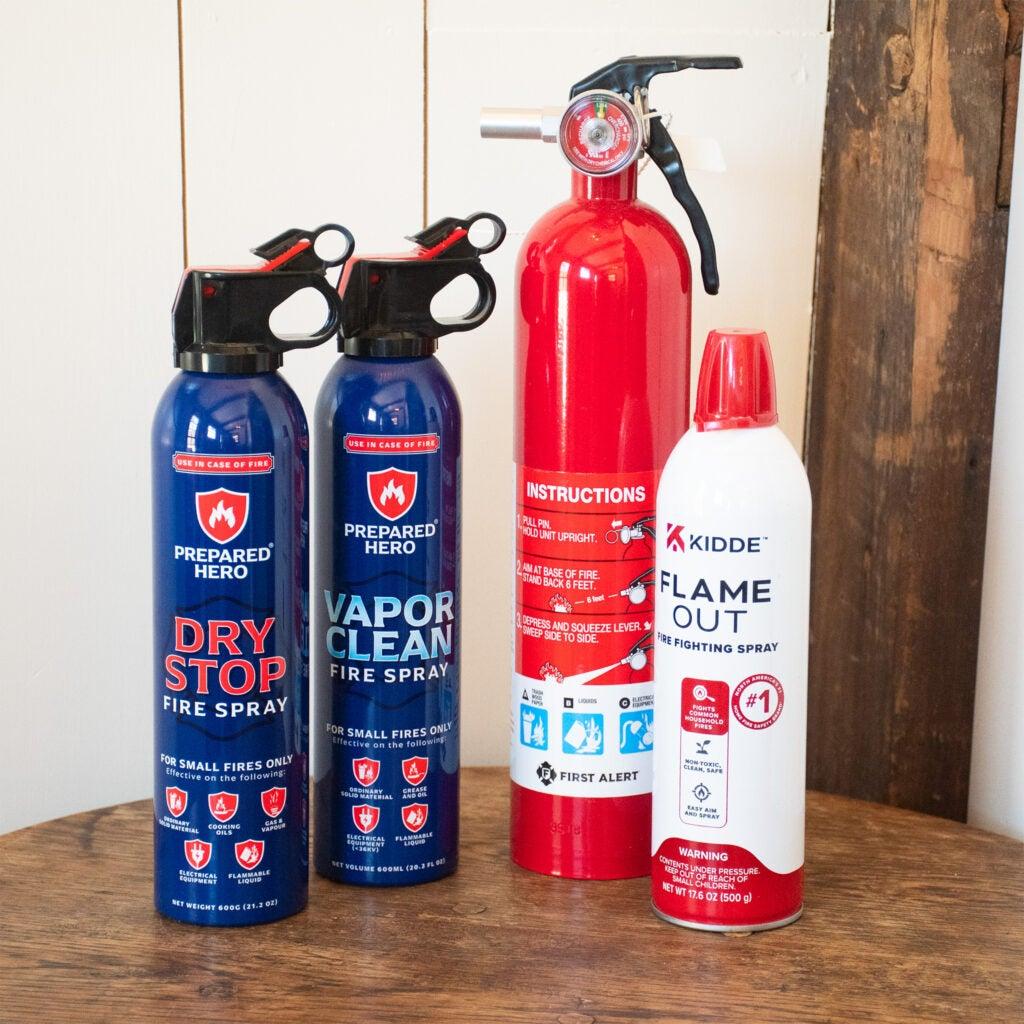Table of Contents
- Understanding Ownership and Carrying Regulations for Keychains and Spray Canisters
- Comparing Usage Restrictions and Legal Limits on Contents
- Evaluating Legal Consequences and Liability in Misuse Cases
- Practical Recommendations for Compliance and Safe Usage
- Wrapping Up
Understanding Ownership and Carrying Regulations for Keychains and Spray Canisters
When it comes to carrying keychains and spray canisters, owners must navigate a range of legal stipulations that differ significantly based on jurisdiction and intended use. While keychains are generally seen as everyday accessories, spray canisters-often including pepper spray or other defensive sprays-fall under stricter regulations due to their potential for harm. Possession laws frequently determine the types of spray canisters allowed, mandated age restrictions, and whether permits are required. In contrast, keychains typically face minimal to no ownership restrictions, given their non-threatening nature.
Understanding the nuances involves recognizing several critical factors, including:
- Legal classification: Spray canisters may be classified as defensive weapons under local law, whereas keychains are not.
- Carrying limits: Many jurisdictions restrict where spray canisters can be carried-such as prohibitions in schools or government buildings-while keychains rarely face such limits.
- Storage and transportation: Some regions require that spray canisters be stored separately or transported in specific packaging to avoid accidental discharge.
By thoroughly reviewing your local legislation, you can ensure responsible ownership and avoid legal complications, especially with items designed for personal safety.
Comparing Usage Restrictions and Legal Limits on Contents
When evaluating the legal frameworks governing keychains and spray canisters, it becomes clear that each is subject to distinct regulatory constraints based on their intended use and contents. Keychains, often designed as everyday carry accessories, typically face minimal legal restrictions since they contain items that pose negligible harm-think small tools, mini flashlights, or decorative elements. However, once they incorporate elements like built-in knives or pepper spray capsules, compliance with local laws becomes crucial, with many jurisdictions enforcing strict limits on blade lengths or chemical concentrations to ensure public safety.
In contrast, spray canisters-especially those containing self-defense substances-are tightly regulated due to their potential misuse and health hazards. Legal limits often dictate maximum volume capacities, allowable chemical formulations, and age requirements for purchase. Moreover, certain regions prohibit their usage in specific contexts such as public gatherings or schools. It is essential to review the exact statutory language, which may also include mandates on packaging and labeling, to avoid penalties. In summary, while both keychains and spray canisters may appear benign, their legal treatment significantly diverges based on content and risk assessment.
- Keychains: usually unrestricted unless containing blades or sprays.
- Spray canisters: regulated for chemical content, volume, and user eligibility.
- Local laws influence where and how both can be legally carried or used.
- Manufacturers must ensure compliance with labeling and packaging standards.
Evaluating Legal Consequences and Liability in Misuse Cases
When assessing the legal implications surrounding misuse of keychains versus spray canisters, the nature of each object’s intended use plays a crucial role. Spray canisters, often containing chemical agents like pepper spray, are regulated more strictly due to their potential for harm. Misuse can lead to criminal charges ranging from assault to unlawful possession, especially in jurisdictions where their use is restricted or outright banned. Conversely, keychains, while generally innocuous, can pose legal issues if modified or wielded as weapons. The liability in such cases often hinges on the intent and the damage caused, with courts focusing on whether the keychain was used defensively or offensively.
Understanding these distinctions helps highlight key legal considerations, such as:
- Regulatory compliance: Spray canisters require adherence to specific laws governing their purchase, transport, and use, whereas keychains are typically unregulated unless altered.
- Severity of penalties: Legal consequences for spray canister misuse tend to be more severe due to the heightened risk of injury and their classification as weapons in many legal systems.
- Intent and contextual factors: The context in which either item is used can greatly influence liability, with prosecutorial discretion often shaping outcomes based on self-defense claims or malicious intent.
Practical Recommendations for Compliance and Safe Usage
When handling keychains and spray canisters, it’s essential to stay informed about the specific legal requirements that govern their possession and use. Always ensure that the product you intend to carry complies with local regulations regarding size, ingredients, and permitted purposes. Carrying unauthorized or oversized spray canisters can lead to legal penalties, even if your intent is self-defense or personal security. To avoid complications, review local laws or consult with legal professionals when purchasing or utilizing these devices.
Safety should be a top priority beyond legal compliance. Follow proper storage and usage guidelines to minimize risks. For instance:
- Store devices out of reach of children and in temperature-controlled environments
- Avoid direct exposure to heat or flame, which can cause canisters to burst
- Regularly check expiration dates and replace expired canisters promptly
- Practice using inert training versions if available, to become familiar with deployment mechanisms
By combining legal awareness with responsible handling, users can maximize both compliance and personal safety.
Wrapping Up
In conclusion, understanding the key legal differences between keychain and spray canisters is essential for both manufacturers and consumers. While these two products may appear similar at first glance, their distinct classifications, usage regulations, and restrictions can have significant legal implications. Staying informed about compliance requirements not only helps in avoiding potential penalties but also ensures safe and responsible use. As laws continue to evolve, keeping an eye on regional and national updates will remain crucial for anyone involved with these devices. Whether you’re purchasing, selling, or carrying these items, a clear grasp of the legal landscape is your best safeguard.Check Our Other Blogs
- StunGun – Your Trusted Source for Stun Guns, Laws, and Self-Defense Tips
- PepperSprayLaws – Your Trusted Resource for Pepper Spray Information
- StunGunLaws – Your Trusted Guide to Stun Gun Legality and Safety




